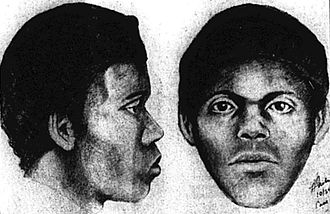
The Doodler, who is also known as Black Doodler, was a serial killer of the 1970s. He killed his victims near the Ocean Beach area by stabbing them multiple times, both from the back and front. His targets were exclusively gay men, whom he met at the local bars and restaurants. The killer approached them by doodling or quickly drawing the victims’ portraits, which allowed him to gain their trust. Through an effective act of flirting and communication, he lured them to the Ocean Beach area in San Francisco and engaged in sexual activity with them. Afterward, he used his knife to stab the victims several times in order to kill them. Some of the dead bodies were found with slashed throats and signs for decapitation attempts. There were a total of five confirmed killings, but the number of victims can be as high as 14.
Profile of the Victim
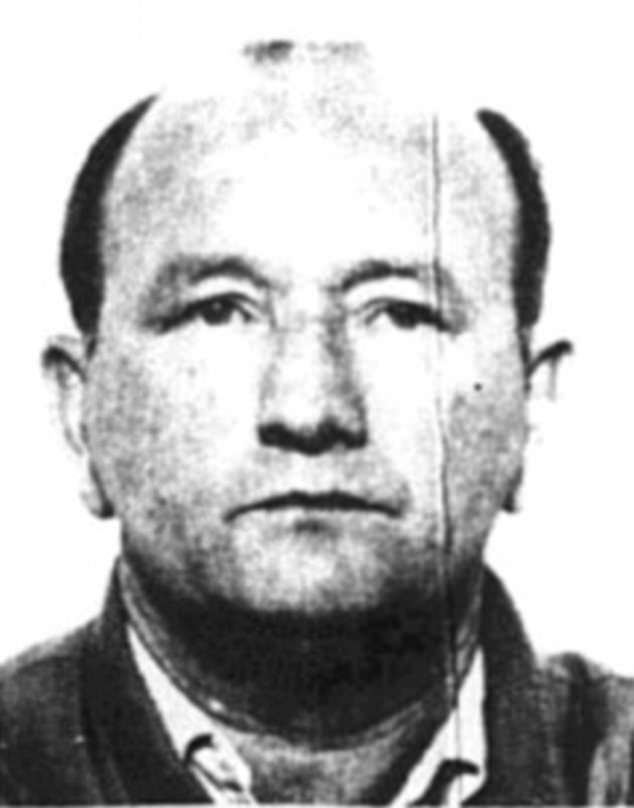
The given report will primarily focus on The Doodler, a serial killer of the 1970s who killed from 5 to 14 people. The Doodler’s first victim was Gerald Earl Cavanaugh, who was 49 year-olds at the time of death, and he can be observed in Figure 1. There is not much information regarding him being a mattress factory worker and Canadian (True crime anthology, 2018). He found stabbed multiple times by the murderer, and signs from stabs indicate that he fought the knife-wielder. The body of the victim was located at Ocean Beach, and the precise time of finding is January 27, 1974 (Wootson, 2019). The pattern of murders was similar in every case of murder, where the killer met his victims, primarily gay men, at the bar asked to sketch them (Dowd, 2019). After he finished the drawing process and having a sexual encounter, he approached them stabbed multiple times from both back and front.
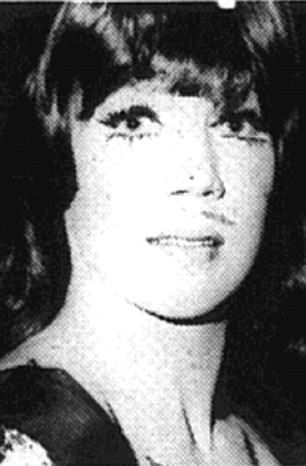
The second victim, Joseph Stevens, is shown in Figure 3, who was also found stabbed multiple times five months later. He was 27 years old at the time of death and located in Golden Gate Park near Spreckels Lake. The victim was a North Beach nightclub worker who was employed as a female impersonator (Dowd, 2019). There were five distinctive stabbings, and three of them were done in the chest area with severe damage done to the lungs (True crime anthology, 2018). The victim was last seen at the Cabaret Club, and he was a well-known gay comedian.
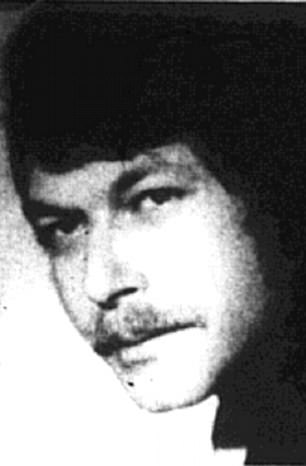
The third victim, Klaus Christmann, is illustrated in Figure 4, and he was located on Ocean Beach after two weeks since the last murder. He was a 31 years-old German immigrant with a family of two children and wife. It was stated that he was most likely to be a closet gay individual due to the presence of make-up accessories hidden in the pockets (True crime anthology, 2018). Klaus was found with a severe stab wounds in the neck area, and some suspect that The Doodler wanted to decapitate the victim (Burke, 2018). The victim was found dead by an 88-year old dog walker, whose pet caught a scent of Klaus (True crime anthology, 2018). Therefore, he was a third gay victim of the perpetrator, who stabbed multiple times in a similar fashion.
The following victim was Frederick Capin, a 30 years-old nurse, who was also a veteran due to fighting in the Vietnam War. His body was located in 1975 near Ocean Beach, with a wide range of stabbings (Burke, 2018). The fifth confirmed victim was a sailor who was 67 years old at the time of death (Burke, 2018). He was also found with multiple stabs along the Ocean Beach area. Thus, it is evident that there was a clear pattern of murdering style, where a knife was used as a weapon for killing.
Details of the Crime
All of the five confirmed victims were killed by stabbing, and the perpetrator attacked his victims from both back and front. In the case of Klaus, the third victim, he also had a slashed throat. In addition, the location of the murders was always near the Ocean Beach area. The victims were all members of the gay community, which means that the killer had a perverse attitude towards homosexual men. Some of the alleged survivors of The Doodler’s attacks described similar elements, such as the murderer being African American. The police sketch of the suspected perpetrator is shown in Figure 1.
Suspect and Investigation
There were three additional men who were allegedly attacked by The Doodler, but they were able to escape. Their identities are hidden due to their gay sexual orientation, and the survivors refused to testify in court (Burke, 2018). There was an only suspect in 1975, who was never charged and arrested, but the individual of interest was thoroughly interviewed and detained a year later (Wootson, 2019). How due to lack of evidence and cooperation from the survivors, there is no available information regarding the suspect or the victims that were able to escape the attacks. The key hindrance for these individuals is homophobia among the public because they do not want to be publicly known as members of the gay community.
New Directions
Although the cases are old and there are no signs of cooperation among the relevant parties, a number of steps can be taken in order to find the perpetrator. It is stated that: “police are offering a $100,000 reward for information that leads to arrest of a man whose actions still haunt San Fransciscans” (Wootson, 2019, para. 19). The offering amount needs to be increased to $500000 in order to significantly increase the overall incentive. The currently living survivor of the attack needs to be contacted once again in order to ask to testify and help in locating the perpetrator. In addition, all the known characteristics of the killer alongside a new sketch need to actively use to find the potential murderer. The database should be used to identify an African American male who worked or is working in the commercial art sphere and attended art school due to his outstanding ability to doodle on a napkin (True crime anthology, 2018). He also has close ties with the gay community and most likely is not involved in the traditional form of marriage. Lastly, the suspect’s identity from the 1970s either needs to be made public, or he needs to be contacted once again in order to interview both him and his circle of individuals.
Profile of the Killer
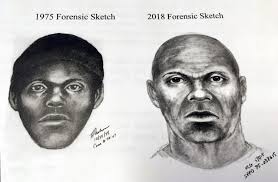
At the time of killings in the 1970s, the perpetrator was identified to be an African American male. It is stated that: “police described The Doodler as an African-American male between 19 and 22 with a slender build.” (Burke, 2018, para. 4). A newly designed sketch of the Doodler shown in Figure 5 can be helpful in finding his identity in modern times (ABC7 News Bay Area, 2019). His body was thin and tall, with height in the range of 5 feet 11 and 6 feet (Wootson, 2019). The killer is a decent doodler or drawer, and most likely, he works or does business in the sphere of art. He might have attended an art school somewhere in San Francisco during the 1960s and 1970s.
Conclusion
In conclusion, The Doodler was the serial killer who primarily stabbed his victims to death. He directly targeted gay men whom he lured to the Ocean Beach area of San Francisco. He always drew them and had sexual intercourse with them. Afterward, he proceeded with stabbings at multiple areas of the body, including back, belly, chest, and throat. There is no enough evidence on the perpetrator in order to conclusively find plausible suspects. The main reason is the lack of cooperation from the survivors’ side, who do not wish to have their gay identity be revealed in public.
Homophobia can be considered as the main barrier in solving the case, but it is important to note that certain characteristics of the serial killer are known. The investigation is being renewed in order to find the suspects and located The Doodler. Further actions can be taken by increasing the overall incentive for public and victim cooperation and help. In addition, the provided set of key features can be used to track potential African American males involved in the art industry. It is also important to note that his body type was thin and tall, but the current state might differ due to the aging process.
References
ABC7 News Bay Area. (2019). ‘The Doodler’: San Francisco police release sketch of suspect in 1970’s cold case murders [Video]. YouTube.
Burke, M. (2018). We’ve got The Doodler! Investigator says he’s identified serial killer who terrorized San Francisco’s gay scene in the 1970s killing five men after meeting the victims at bars and drawing caricatures of them. Mail Online.
Dowd, K. (2019). Who was San Francisco’s Doodler killer, and why wasn’t he caught? SFGate.
True crime anthology. (2018). The Doodler [Post]. Facebook. Web.
Wootson, C. R. (2019). Police relaunch search for ‘the Doodler,’ a serial killer who sketched his victims first. The Washington Post.